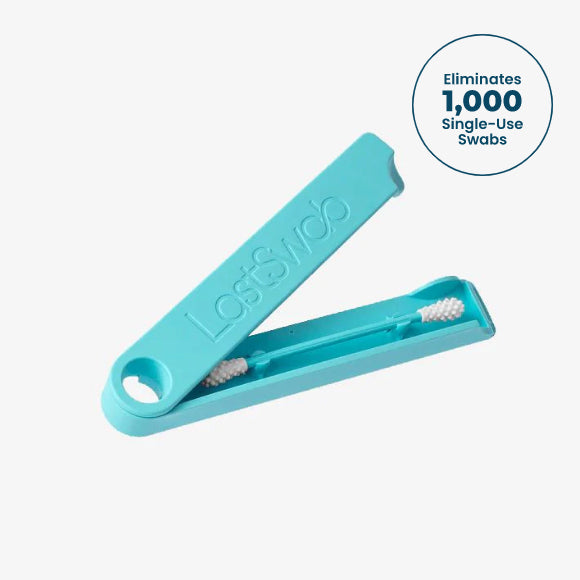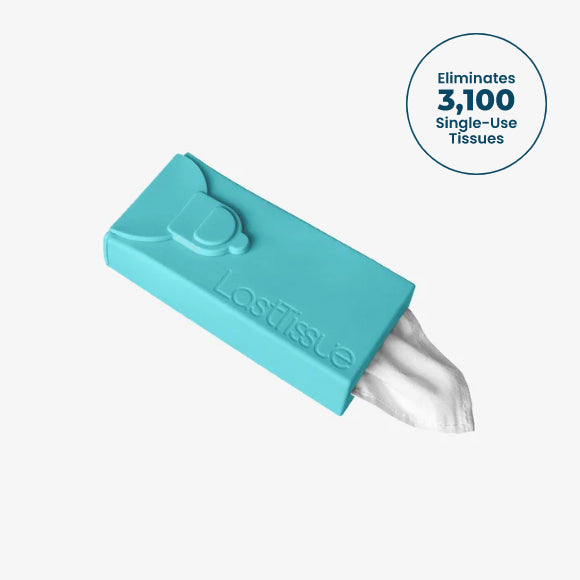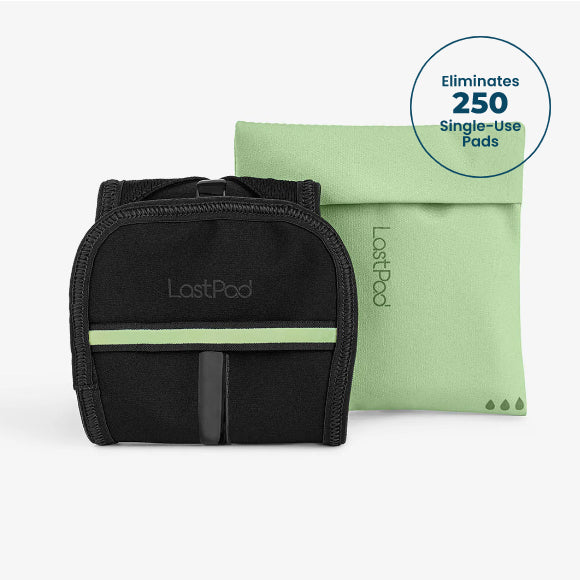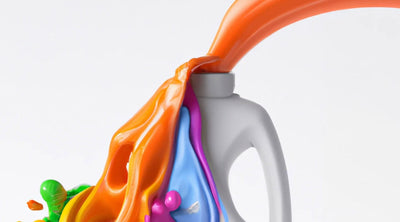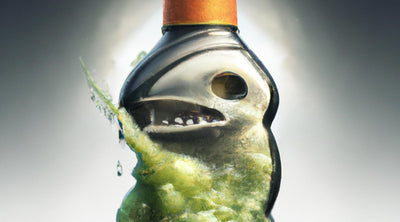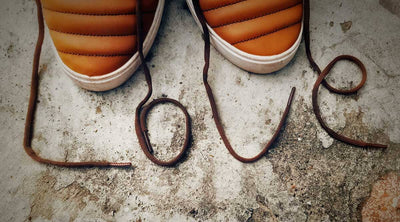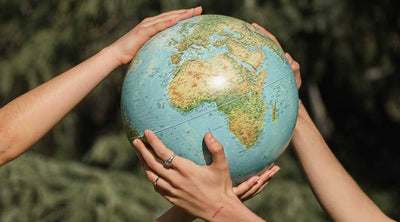How to Reduce our Water Footprint
June 24, 2020Water is essential to life. As we learned in the last article, it’s not only essential to life but also to the many luxuries that we have in the world. Things like energy, food, products of any kind, many forms of transportation, etc. all depend on water.🚰
Now that we have learned about how we are consuming water, it’s time to learn how to conserve that water as well. Because we obviously can’t go without it, whether it be direct or indirect water consumption.
Instead of talking about direct and indirect ways to conserve water, it may be more useful to talk about the more impactful ways to take action first.📊
Reducing our water footprint from food

Did you ever read our article on the footprint of food?👣 It goes into detail about food’s footprint including water.
If you don’t wish to read that article, no worries...I can summarize. It basically concludes that a lot of water and resources are used as we go higher on the food chain. 🌱A plant requires water of course, 🐮but a cow not only requires water, but also land and plants that also require water and land.
A great way to save a ton of water rather quickly is to skip meals that are heavy in animal products like 🍗meat and 🥛dairy and instead opt in for a plant based alternative.
This means by skipping a 🍔quarter pound cheeseburger you can save 450 (based on 1,800 per pound) gallons of water! And that’s without counting the cheese and other animal products that could be on it.
Water footprint of Clothing

Alright, in the least creepy way possible...let’s talk about what we’re wearing.😅
Whatever it may be, we know it required water to be made, and typically a lot of it. Let’s say for example we have a simple cotton t-shirt on. What would be your guess as to how much water was used to make that shirt? In litres. 100? 500? 1000?
Try 2,700 litres!😞
But if we are in society, we need clothes! So what are we to do? Well there are two things we can do and it is best when we do both of them.
The best thing we can do is reduce our unnecessary over-consumption of clothing. And the second thing is that we should consider how well made a product is as well as how sustainably it was made.♻️
Water footprint of products

While the fashion industry can tend to be extra thirsty just by the nature of it’s materials as well as how much we buy, it’s also important to extend this to really all products.🔨 Every single product that we make requires water at some point in the process. Oftentimes even multiple points.
When it comes down to products and things, the best thing we can do is get rid of and stop buying the things that don’t contribute to our lives. Not only does this allow us to reduce our water footprint, but it also gets rid of the excess to better focus on the more important things in life.❣️
And much like clothing, it’s also very important to vote with your dollar once you do buy things.💵
Water footprint of energy

Every time we flip on a light switch, dry our clothes in the dryer, or heat and cool our house,🏡 we are using energy that for the most part demands water. This can be in the form of extraction (like fossil fuels) and also for cooling during production at power plants.💨
Extraction of fossil fuels, as well as refining them for things like car fuel also requires water. This is why it is so important to increase our use of renewables as a community while also decreasing our amount of 🚙driving and general energy demands as individuals.⚡️
We can reduce our energy demands by buying less stuff, having more minimalist homes (which means less space to heat and cool), as well as driving less and choosing more sustainable forms of transit.
The direct sources of water use

While the direct sources of water consumption (like washing our hands, taking a shower, etc.) may be rather small compared to 🌾agriculture and energy, they can add up to quite a bit and also impact our feelings towards aligning with our values.
Remembering to shut the water off while brushing our teeth or in between dishes is a great way to conserve water. Also things like not washing our clothes if they don’t necessarily need to be washed after every use.
Check for leaking pipes, don’t leave the hose running, and be sure to water the grass and garden during the cool times of the day.🌗
Better yet, skip the grass all together and let the beautiful 🌼weeds grow! Some trees may even begin to sprout up naturally! Or make use of that space and grow some food that you would otherwise have to get shipped to a grocery store from halfway around the world.⛴
We’ll talk more about lawns in a coming article.

There are many ways to conserve water and just like other actions we take to become more eco friendly, there are actions that have more of an impact than others.
Surprisingly, much of our water consumption comes from the more hidden and indirect ways that we consume it. Of course the direct ways we consume water are important and can add up as well.
⏰We only have so much time in a day and most of that time is already being spent doing other things. This being the case, it’s important that we try and focus on a few things that have a large impact rather than a million things that have a tiny one. 💚

Written by Aaron Burr
A writer dedicated to working solely with companies on a mission to help the earth and people on it.
MORE Sustainability 101 ARTICLES View all ›
Ready to make
the switch?
- Powerful Cleaning
- Dissolves Easily
- Skin-Friendly
- Eco-Friendly
- No Mess





